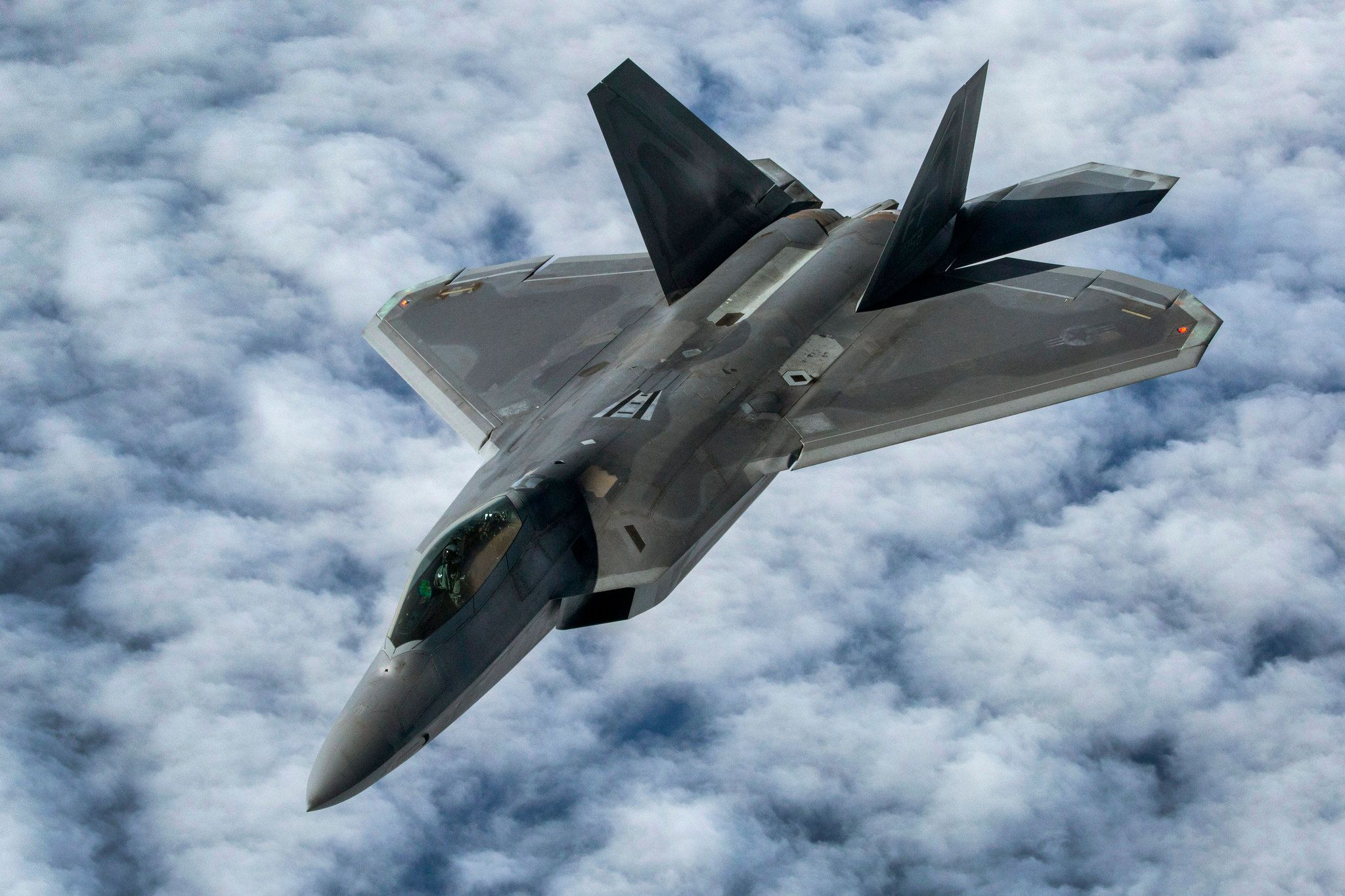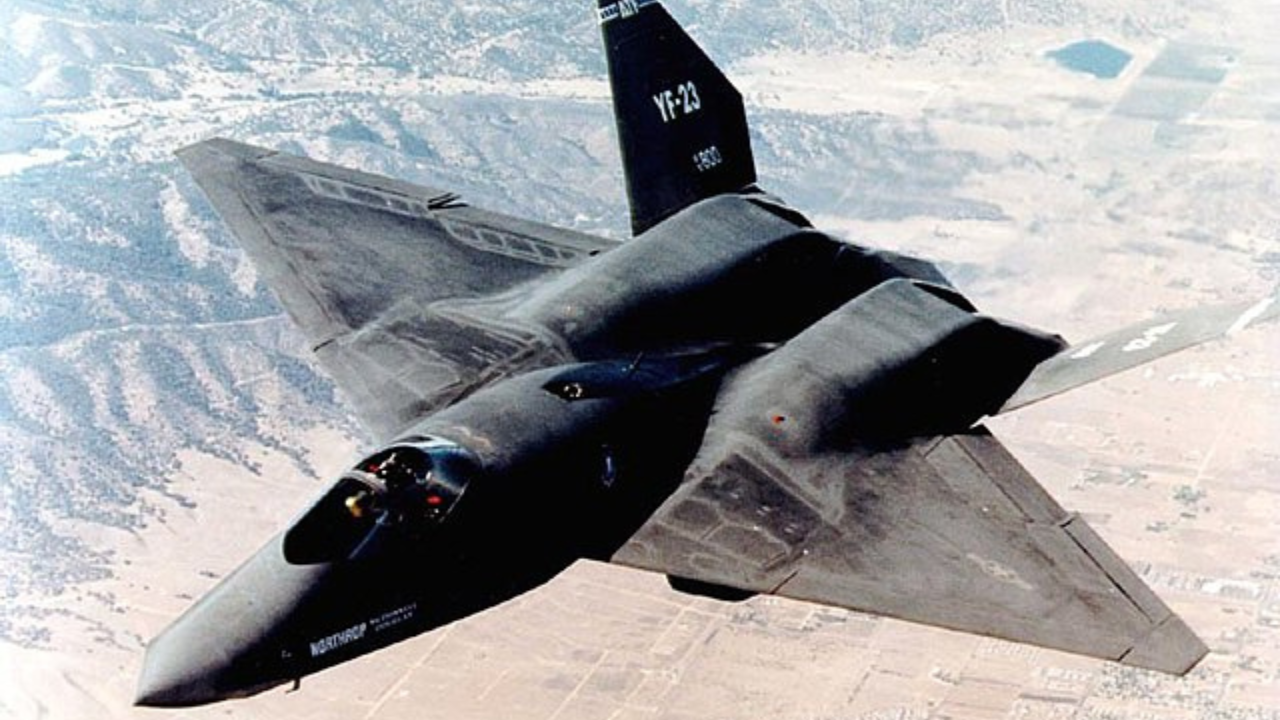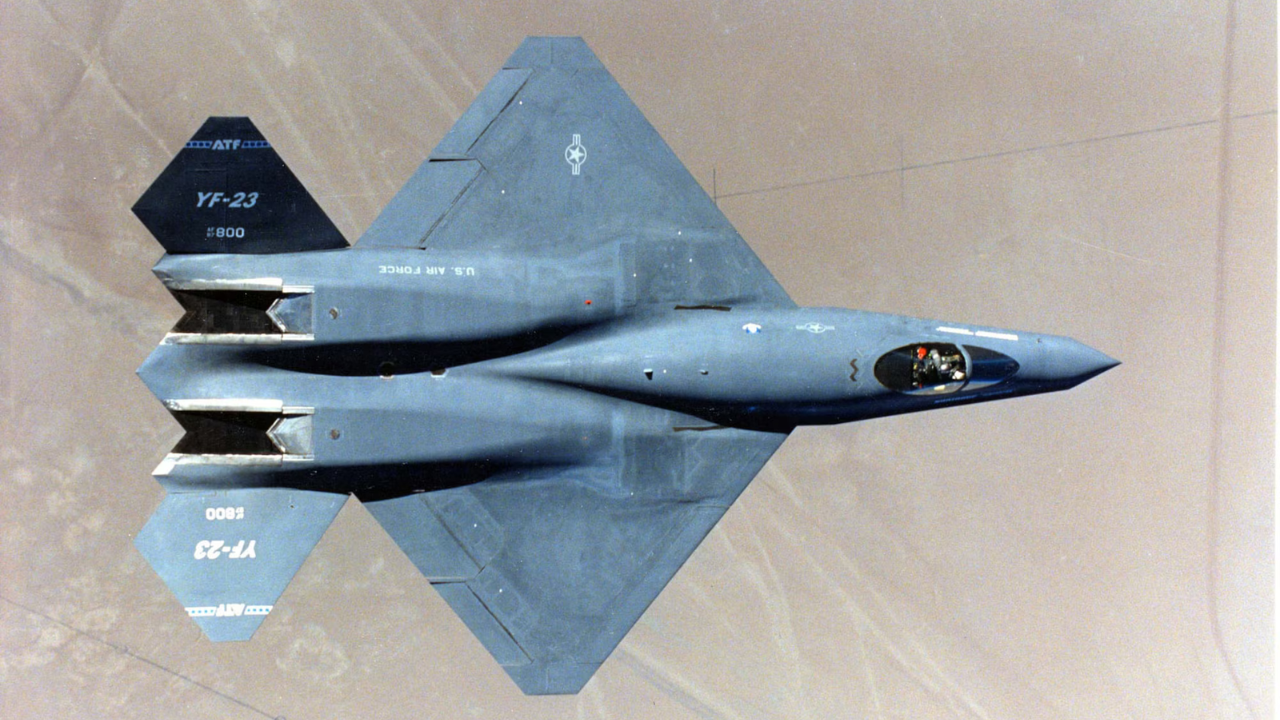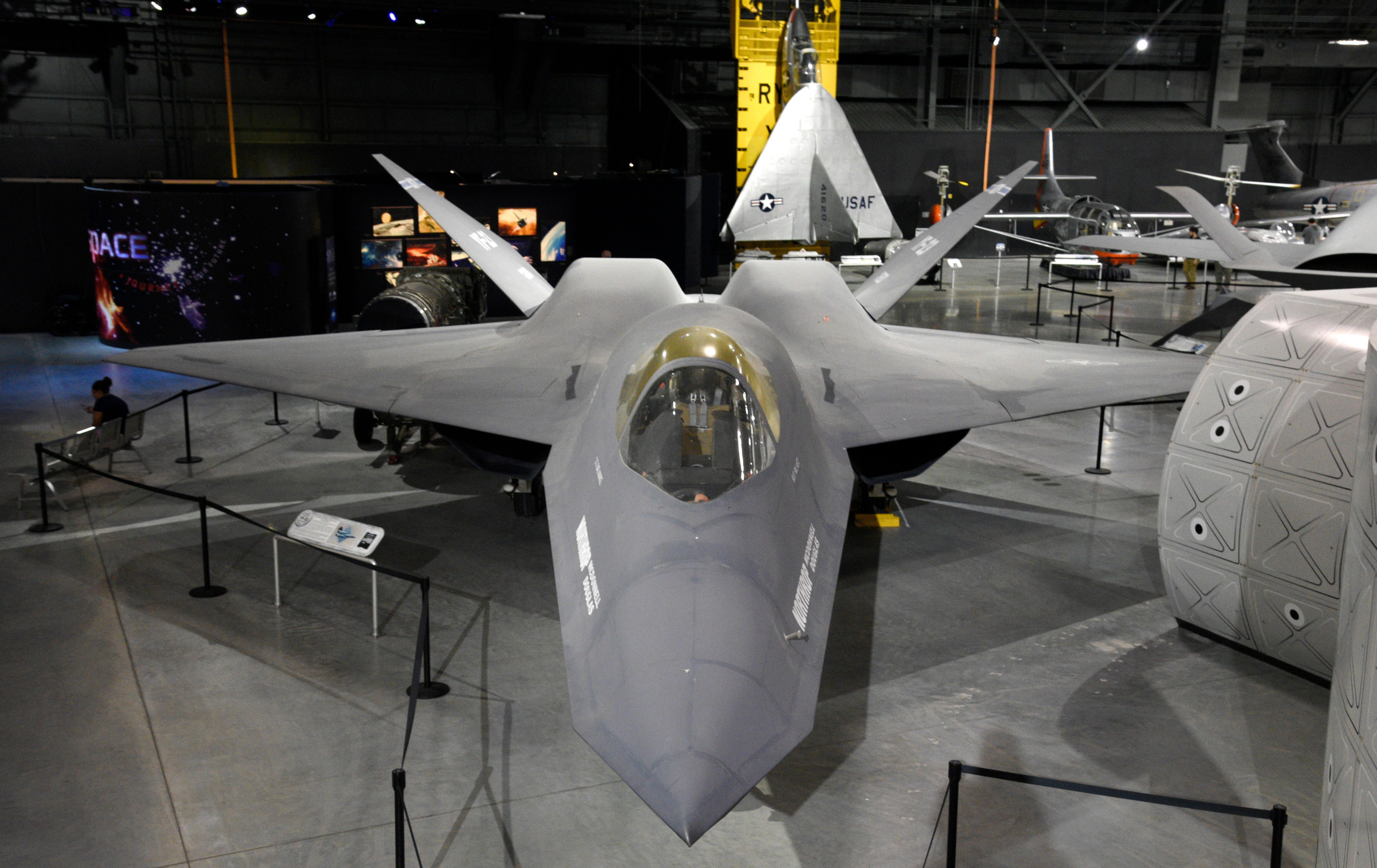The Northrop/McDonnell Douglas YF-23 'Black Widow' was a marvel of aerospace engineering, and a contender in the Advanced Tactical Fighter (ATF) competition. Sadly, it never saw active service, despite its remarkable capabilities.
History
In the late 1970s, a new generation of Soviet fighters and Surface-to-Air Missiles posed a growing threat to the United States Air Force (USAF). As a result, the Air Force sought to find a replacement for its F-15 Eagle fighters.
This was when the ATF program (which dates back to 1971) saw two competing industry teams being awarded demonstration contracts: Lockheed-Boeing-General Dynamics and Northrop-McDonnell Douglas.
With costs wholly absorbed by the manufacturers, the former’s YF-22A competed against the latter’s YF-23A, and, in 1991, after rigorous tests, the USAF announced the winner of the program. While both aircraft showcased cutting-edge technology, only the YF-22 eventually evolved into the formidable F-22 Raptor that graces the skies today.
Despite the Black Widow's technological prowess, the USAF selected the YF-22 Raptor as the winner. This decision was influenced by various factors, including cost considerations, maintainability, and the perceived advantages of the YF-22's performance.

The Lockheed Martin F-22 Raptor: Everything You Need To Know
The F-22 Raptor is a formidable stealth fighter in the US' arsenal of military fighter jets.While the YF-23 demonstrated exceptional performance and stealth capabilities, the YF-22 better satisfied the ATF’s requirements. These included low-observable radar characteristics, the ability to outperform the latest Soviet Su-27 Flanker and MiG-29 Fulcrum fighters in dogfight situations, and the ability to sustain supersonic flight without relying on fuel-consuming afterburners.
Technological prowess
One of the key reasons aviation enthusiasts and military experts alike lament the absence of the YF-23 in service is the aircraft's advanced technology. Boasting a sleek, stealthy design and innovative features, the Black Widow incorporated technologies like advanced radar-absorbing materials, a revolutionary diamond-shaped wing, and an emphasis on reduced infrared signatures.
The jet was powered by two Pratt & Whitney YF119-PW-100 engines, providing approximately 35,000 lbs of thrust each. The YF-23 could reach speeds of up to Mach 2.2 at high altitudes, flying over distances of 2,424 nautical miles (2,789 miles / 4,489 km), according to Aerotime Hub. Its combination of speed, agility, and stealth made it a fierce competitor.
Legacy
After the ATF program ended, Northrop sent the YF-23A to the National Museum of the United States Air Force, where it has been on display since 2000.
However, in 2004, there seemed to be a chance for the Black Widow’s revival. Northrop Grumman put forward a proposition for a bomber rooted in the YF-23's design to meet the USAF's need for an interim bomber. This proposal entered into competition with concepts like the FB-22 and B-1R. However, when the USAF made its decision in 2016, it opted for Northrop's B-21 long-range bomber, and, once again, the Black Widow was left out.
Although the YF-23 never entered active service, its legacy endures. For example, some of its technological advancements influenced subsequent aircraft designs, contributing to the ongoing evolution of fifth-generation fighter jets.



